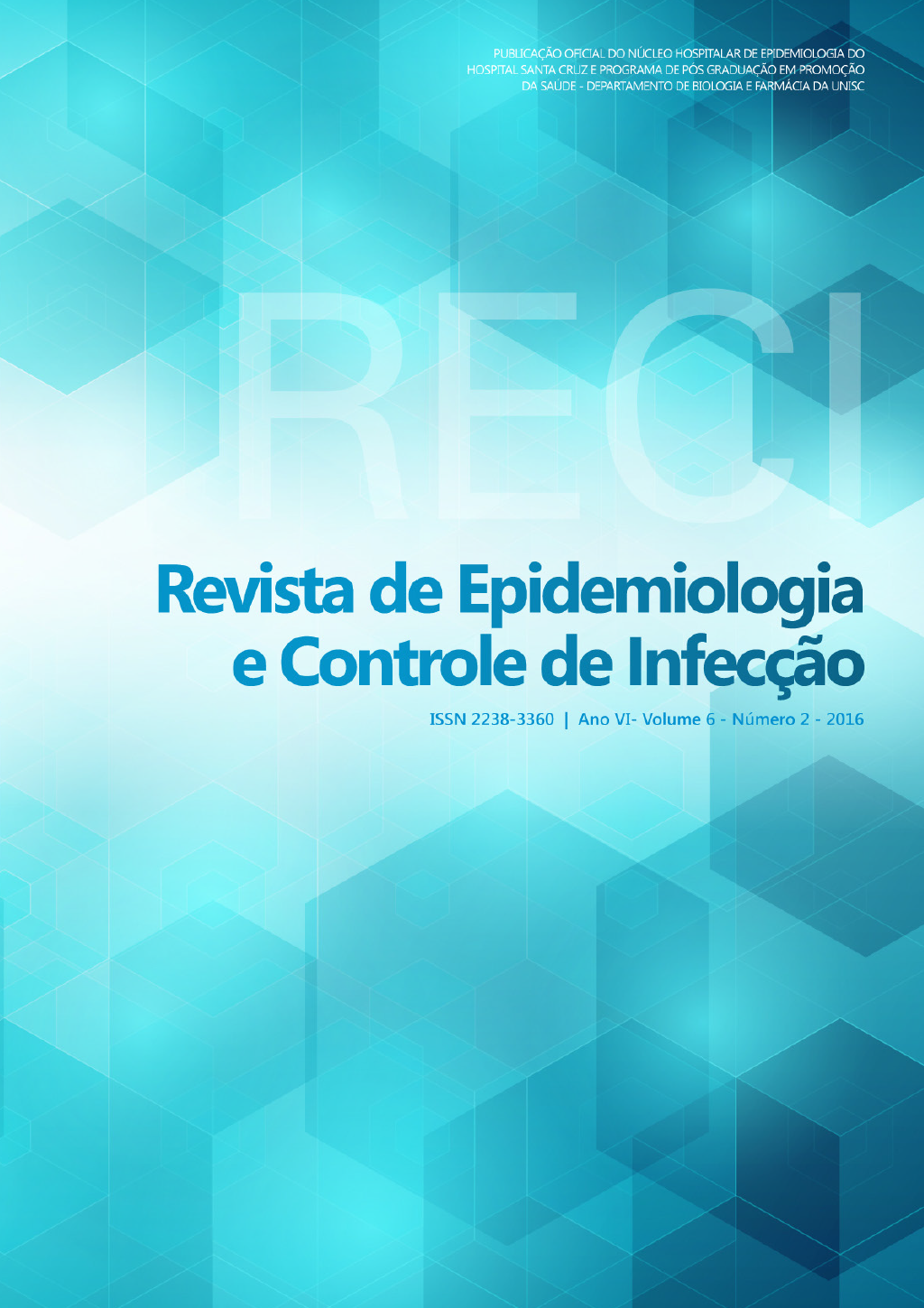Factors associated with Visceral Leishmaniasis in an endemic area of Codó, State of Maranhão, Brazil
DOI:
https://doi.org/10.17058/reci.v6i2.6419Abstract
Background and Objectives: Visceral leishmaniasis (VL) is a disease with a high impact on public health. This study describes the epidemiological situation of VL in the Municipality of Codó, state of Maranhão, Brazil, between the years 2007-2012. Method: Initially, an analytical study was performed between the years 2007-2011, which assessed the characteristics of individuals with VL, such as: gender, age, ethnicity, area of occurrence of the disease, signs and symptoms, co-infection with the virus Human immunodeficiency Virus/ visceral leishmaniasis (HIV/VL), work-related disease, indigenous and imported cases, criteria for VL confirmation, parasitological and immunological diagnoses, type of entry and the evolution of confirmed VL cases. In 2012, a survey was carried out in households, according to the systematic sampling process, in order to verify the characteristics of the households, the peridomiciliary area and knowledge of the assessed families on VL. Results: The incidence rate of the disease in the county was 86.31 cases/100,000 inhabitants and the mortality rate was 3.68%. The male gender was more affected, with 56% (t = 0.5023, p = 0.31), as well as mixed-race individuals, 88% (M = 17.9622; p = 0.00); the most reported symptoms were fever (16.3%), splenomegaly (15.3%) and pallor (14.4%) (M = 50.8473; p = 0.00). Five cases (3%) (M = 12.5673; p = 0.00) of HIV/VL coinfection were found, 166 (87%) were indigenous cases (M = 11.8600; p = 0.00) and 18 (9%) cases were work-related (M = 10.9768; p = 0.00). The parasitological diagnosis was made in 60.5% (M = 8.2986, p = 0.01). 100.00% of the residents had heard about the disease; however, 41.7% did not explain the form of transmission. Conclusion: Female individuals aged 5 to 19 years showed a higher record of the disease, while males aged 20 to 59 showed the same proportion of VL cases.Downloads
Downloads
Published
How to Cite
Issue
Section
License
The author must state that the paper is original (has not been published previously), not infringing any copyright or other ownership right involving third parties. Once the paper is submitted, the Journal reserves the right to make normative changes, such as spelling and grammar, in order to maintain the language standard, but respecting the author’s style. The published papers become ownership of RECI, considering that all the opinions expressed by the authors are their responsibility. Because we are an open access journal, we allow free use of articles in educational and scientific applications provided the source is cited under the Creative Commons CC-BY license.


